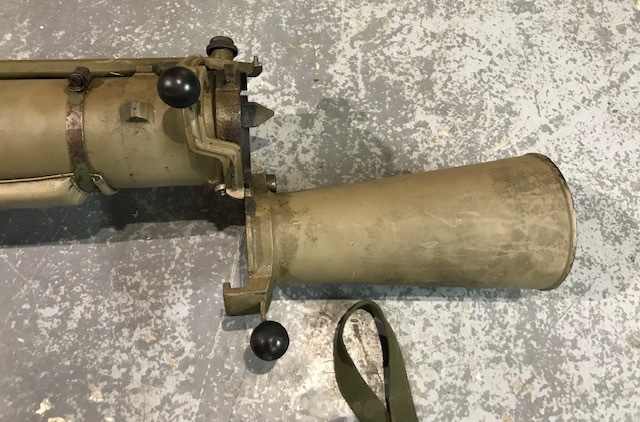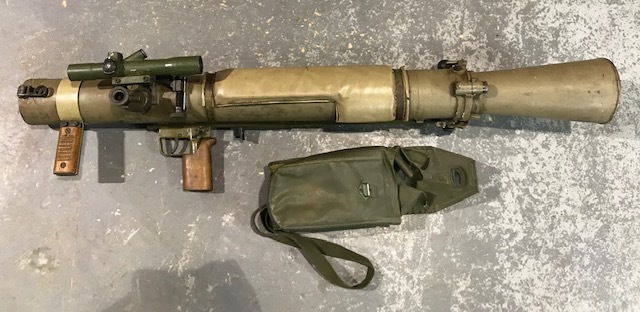Sold out
Saab Bofors Dynamics (Carl Gustav Manufacturer) Carl Gustaf Recoilless 84 mm
Out of stock
Related products
German, WW2, Mod.98 (K98) Mauser Rifle with ZF-41 Sniper Scope and Original Sling, Dated 1942, Made by Gustloff-Werke at Weimar (BCD), Deactivated
£1,800.00
WW2 Soviet 1941 Russian Tokarev Semi-Auto – Deactivated
£1,650.00
German Gewehr 1888 Rifle and Bayonet – Deactivated
£1,500.00
Deactivated B.S. A. Model No. 13 .22″ cartridge (not airgun) underlever target rifle
£325.00
Important!
*In order to complete the online purchase we will require a picture/scan of a photo ID (Driving Licence, Passport or an official document with a recent picture). If you don't posses any such document please call to buy.
If we consider that the proof of ID is incorect or insuficient, we reserve the right to cancel the transaction.
*We also reserve the right to cancel the transaction with a full refund if there is any suspicion that the provided item will be used in any way contrary to the laws and legislation of UK.






